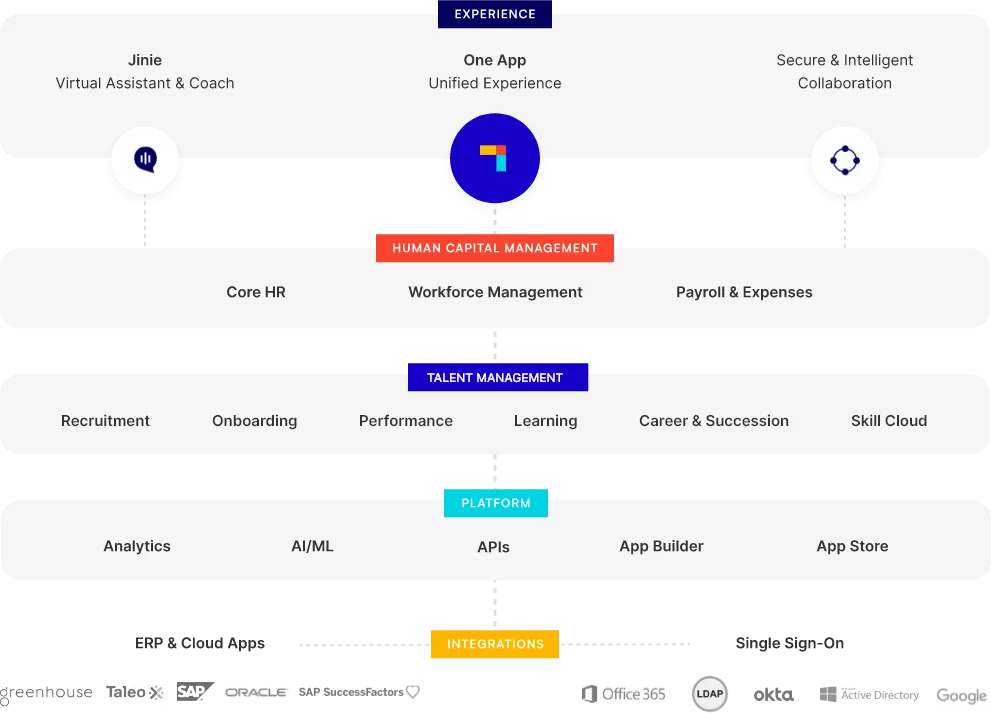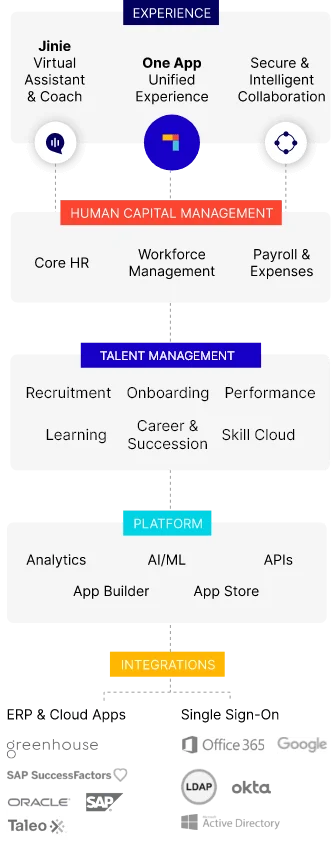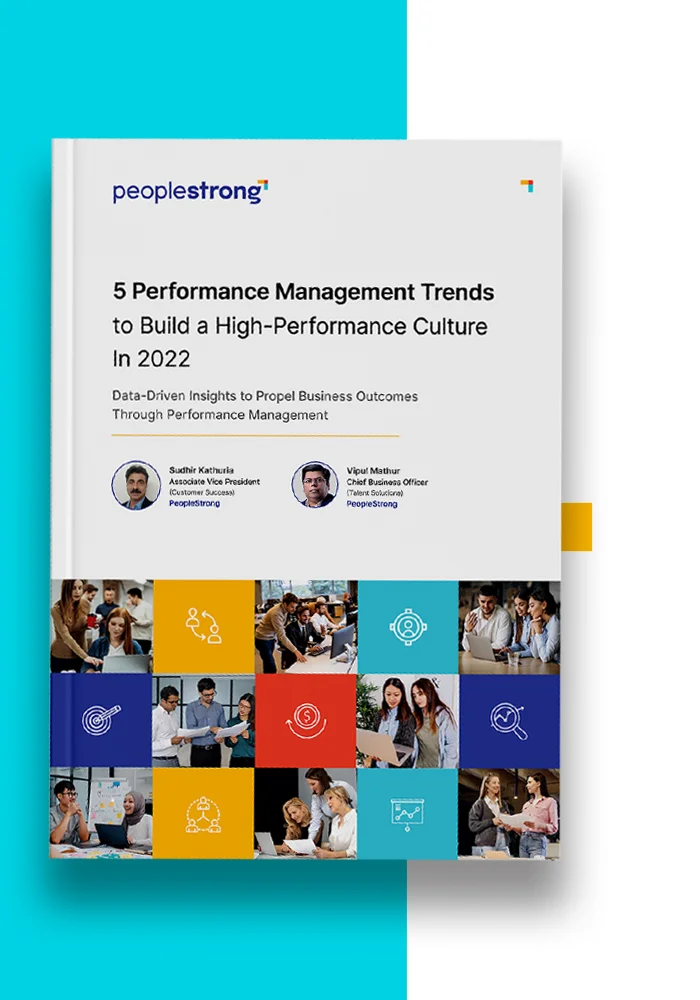According to an ILO report, the Middle East and North Africa region could generate 10 million new jobs by 2050. This jump in job creation is far more prominent in the Middle East, especially across UAE, Saudi Arabia, Kuwait, Oman, Bahrain, and Qatar. For perspective, the average recruitment cycle in the Middle East lasts anywhere between six to nine months.
In short, the explosion in job openings will create a significant demand-supply gap. This will shift the power dynamics and give skilled, ideal candidates an advantage.
Fortunately, you can still tip the scales in your favor through one simple hack – streamline your hiring process. An efficient recruitment strategy is paramount for attracting, assessing, and retaining top talents.
This guide explores ways to streamline the recruitment process and help you save time and money.
Assessment of the Current Recruitment Process
Before learning how to streamline your hiring process, you must start by evaluating your existing recruitment processes and practices. Assess the performance of your recruiting process across parameters like:
- Cultural Alignment: Explore whether the recruitment process aligns with the cultural norms and expectations prevalent in the Middle East. This involves analyzing your company’s messaging or branding, recruitment technology, company culture, selection criteria, etc., to reflect the local beliefs, values, and traditions. Conduct regular cultural sensitivity training for recruiters and hiring managers for an inclusive environment.
- Legal and Regulatory Compliance: The Middle East hosts diverse legal and regulatory norms across different countries. For instance, the UAE does not levy any personal income tax whereas Jordan follows a slab-based system to compute income tax. As such, your employment contracts, recruitment processes, and business policies must comply with local laws and regulations like labor laws and visa regulations.
- Talent Pipeline Efficiency: Measuring your talent pipeline efficiency helps gauge the effectiveness of the recruitment process and quantifies the cost of a good or a bad hire. To understand this, take into account the applicant demographics, talent sources, time-to-fill, etc., to obtain a holistic idea of your talent pipeline capacity and efficiency.
- Feedback Mechanism: Implementing a feedback loop for hiring managers and candidates can help you identify the strengths and weaknesses of your hiring process. Use post-interview surveys, workforce check-ins, exit interviews, employee satisfaction surveys, etc., to identify the key areas of improvement.
- Industry Benchmarks and Standards: Compare your recruitment practices with those prevalent in the Middle East, your specific industry, and your competitors. Lean on reputable sources of industry reports, networking events, and professional associations to get an idea of the up-and-coming trends or innovations and how you can keep up.
Of course, the above list is not comprehensive but merely indicative. You may have to factor in other aspects controlling your talent acquisition strategy.
Understanding the Recruitment Funnel: A Detailed Quick Overview
Now that you understand the markers, methodologies, and variables for assessing the recruiting process, work your way through the recruitment funnel to analyze their performance.
A recruitment funnel is a structured framework that governs the process of attracting, screening, and hiring talent. Regardless of your industry, talent requirement, or even geography, every recruitment funnel contains the following five stages.
Creating awareness

As mentioned, the competition for top talents is fierce in the Middle East, which is why businesses must put in the time and resources to establish a branded presence.
To stand out:
- Showcase your business’s unique value proposition in the job posting.
- In the job description, highlight the profile perks, such as flexible working hours, hybrid or remote working opportunities, health insurance benefits, etc.
- Establish a solid online presence, including social media, and promote your work culture across digital channels.
- Repeat the same at offline networking events, career fairs, and trade shows.
Sourcing and screening of candidates

Once you generate awareness, start working towards sourcing ideal candidates that match your business’s requirements.
Since the Middle East features largely a younger demographic aged 30-35 years entering the workforce, companies can resort to digital platforms for candidate screening and sourcing.
Solutions and platforms like an online job portal, applicant tracking system (ATS), resume database, professional networking websites, online psychometric tests, etc., expand the reach and allow you to target top talents. You may even partner with local talent agencies or outsource recruitment.
Maintain cultural sensitivity and legal considerations while sourcing, screening, and shortlisting candidates. For instance, you may give preference to people of determination to honor Diverse Hiring mandates.
Scheduling interviews

Next comes the part where you’ll be scheduling interviews.
The number of interview rounds and the type of interview (online/in-person) often change depending on the industry, position, and business policies. For instance, the Middle Eastern BFSI sector typically conducts three rounds, which include panel and face-to-face interviews.
On the other hand, a SaaS business may simply conduct virtual recruitment involving an online technical proficiency test and a Skype interview.
Scheduling interviews is one of the most taxing phases of the recruitment funnel in terms of time and resources. However, it is often followed by a more grueling stage – negotiations.
Offer and Negotiation

Upon identifying your ideal candidates, start negotiating the terms of employment.
This stage of the recruiting process requires immense care, tact, and diplomacy. Understand the local practices of granting compensation and benefits to employees. Then, make a fair and competitive offer to the qualified candidates.
Maintain some flexibility to attract top talents. Leverage open communication and active listening to accommodate any candidate’s needs or expectations that may feel reasonable.
The objective is to walk away from this feeling like everyone’s landed a sweet deal.
Joining and Onboarding

Finally, you commence joining and onboarding, which sets the stage for long-term employee engagement and hiring success.
Since the Middle East enjoys a more traditional setup where workplaces are highly formal, and hierarchies are maintained, ensure that the new employee is a cultural fit. To do so, you may offer comprehensive orientation programs to communicate company culture, policies, and procedures. Use a buddy system or mentorship to help them assimilate at the workplace.
How to Streamline Recruitment Process: 11 Tips That Work
In our several years of hiring top talents or helping businesses in this pursuit, we’ve cracked the code on how to streamline the recruitment process. We’ve also identified what makes an employer stand out in certain regions due to cultural influences. Here are some actionable tips for streamlining the recruitment process based on our experience and expertise:
- Tailor the Hiring Process to Local Preferences: Customize the recruiting process to imbibe local culture, preferences, and expectations. This includes strategies like publishing job postings on Bayt.com, scheduling in-person interviews, and more.
- Maintain a Talent Pipeline: Build a talent pipeline of qualified candidates who are culturally fit or possess impressive profiles for any future job openings and opportunities. Engage with such candidates periodically through professional associations, social media, and networking events – even at times when they are not actively looking for a job to sustain their interests.
- Have Realistic Expectations: The talent shortage in the Middle East is very real. Even if it may be a temporary scenario, avoid setting overly ambitious hiring timelines or inflexible candidate criteria that may hamper recruitment.
- Leverage Pre-Interview Assessments: We’ve discussed how scheduling interviews is one of the toughest parts of the recruitment process. Ensuring the availability of the candidate, hiring manager, interview panel, and other stakeholders is a fine balancing act. To mitigate some of the stress involved, recruiters can employ pre-interview assessments to gauge the skills, competencies, and cultural fit early in the hiring process to invest time and effort only in those candidates that are worth it.
- Make Recruitment Mobile Accessible: With 415 million unique mobile subscribers in the Middle East, failing to optimize your application process for mobile devices is equivalent to leaving talent in the wild. A mobile-friendly application environment accommodates candidates who prefer to apply for jobs over mobile devices like tablets and smartphones. In addition to removing barriers to entry, mobile accessibility drives engagement and promotes transparency.
- Tap into Internal Talent: Prioritize internal talent mobility and development so that your existing employees can progress within the organization. It will not only address your immediate talent requirement but also cultivate employee loyalty, encourage individualistic professional growth, and mitigate churn.
- Run Employee Referral Programs: Harness the power of employee referral to access high-quality talent pools. Encourage employees to tap into their professional networks and recommend qualified candidates.

- Leverage Technology Solutions: Invest in recruitment technology, such as an ATS, AI-powered data analyzer, etc., to streamline the recruitment process. From sourcing to onboarding – the right recruitment tools can make a world of difference.
- Align Talent Acquisition with Business Goals: Ensure that your talent acquisition strategies align with the larger business goals and objectives. Identify the key skills, qualifications, and other requirements with an eye for business growth and innovation, and deploy strategies that match the ideal candidate profile.
- Use Feedback to Improve: Use the feedback loop to inject the principles of continuous improvement into the recruiting process. Gather feedback on candidate experience and involve hiring managers while measuring the performance and effectiveness of the recruitment process. Introduce incremental and iterative changes to refine hiring.
- Utilize Data Analytics: Tap into data analytics to track performance metrics to identify the overall strengths and areas of improvement in your hiring process. Key performance indicators like time-to-fill, source effectiveness, candidate conversion rate, etc., will offer a realistic idea of your recruitment process efficacy. Tracking and benchmarking this data helps analyze and optimize recruitment strategies powered by data-driven decisions.
With the above tips, recruiters can work out the kinks in their recruitment processes and make them more intuitive.
Conclusion
Now that you fully understand how to streamline the recruitment process, you can take on this task in a planned and strategic manner and adapt to the region’s unique demands.
Streamline your hiring process by incorporating digital tools, cultivating cultural sensitivity, removing redundancies and inefficiencies, and investing in employees’ professional growth. The resulting blend of strategies will make your business a talent magnet without wasting resources like time and money.
While there are several ways to implement the above strategy mix, the first step would be to lay the foundation of a robust digital infrastructure. PeopleStrong’s talent acquisition platform is a great place to start in this endeavor.
We have helped big brands like Fly Dubai and Tamkeen acquire, hire, and onboard the best available talent. With a robust presence in the Middle East, we understand what it takes to make your organization an attractive destination for talent.
Schedule a product walkthrough to learn more about how you can use the PeopleStrong talent acquisition platform.
FAQs
What are some challenges that businesses face while hiring talent in the Middle East?
Recruitments in the Middle East struggle with the following issues:
- Severe talent shortage
- Managing cultural expectations
- Diverse regulatory and legal norms
- Talent retention
How can technology help streamline the recruitment process in the Middle East?
Technology can be a significant enabler in helping businesses streamline recruitment processes. It can:
- Automate routine and repetitive tasks
- Increase reach and visibility through online platforms
- Facilitate remote talent assessments and interviews
- Power data-driven decisions regarding hiring
- Share resources during onboarding
How can companies set up remote recruitment in the Middle East?
Given the technical proficiency and digital literacy in the Middle East, remote hiring has become increasingly common. To set up remote recruitment in the Middle East, businesses would need video conferencing tools, digital communication channels, Application Tracking Software (ATS), and more. Alternatively, they can settle for an all-in-one solution like PeopleStrong’s talent acquisition platform to consolidate all recruitment-related activities.













